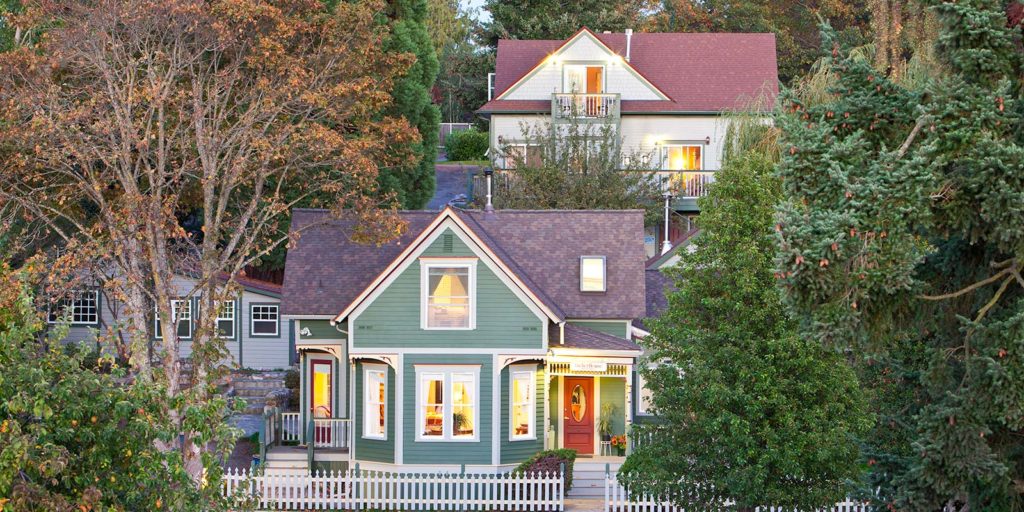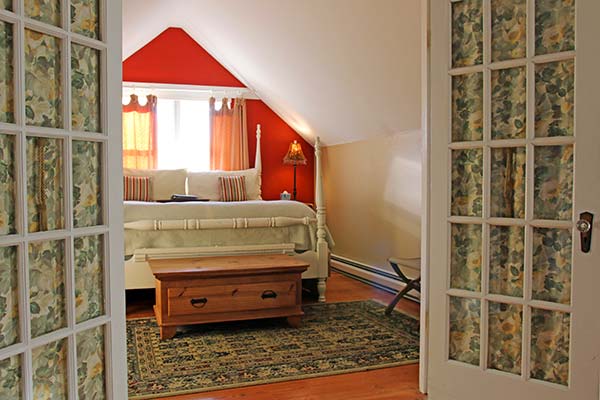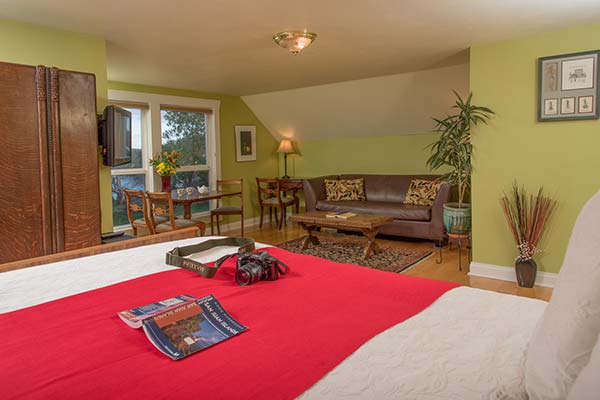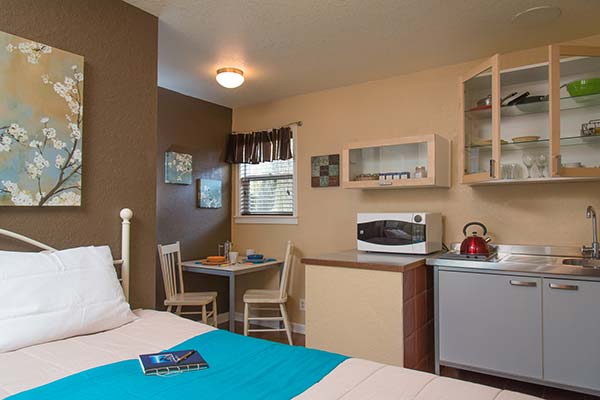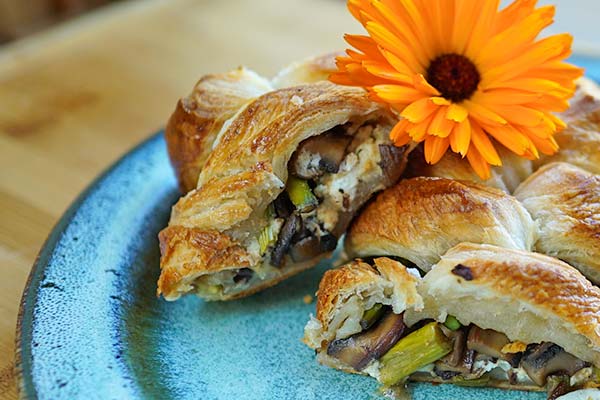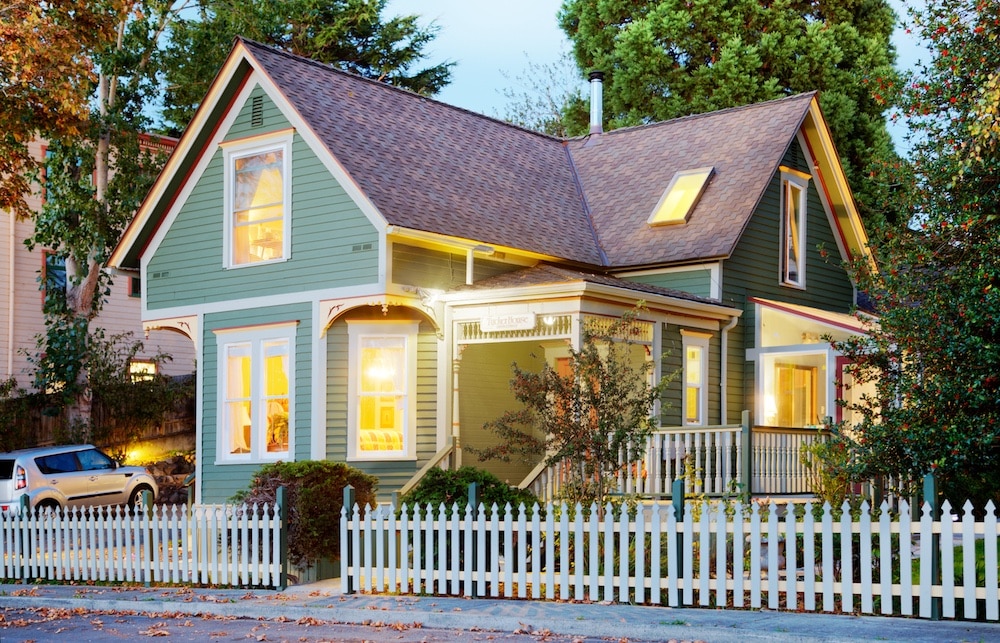We’ll be pretty busy preparing scrumptious breakfasts for guests this weekend, but if you feel like “getting back to the earth” on the holiday this weekend, try using natural dyes for coloring hard cooked eggs. It’s amazing what colors you can come up with. An edible nest to display your pretty eggs is the perfect container. Just follow these easy instructions:
Chop fresh or dried materials into tiny pieces. Use non-aluminum container, boil each color separately using 1 gallon of water, 1/2 cup of vinegar (to set the color) and ½ to 1 cup of ingredients. Once boiled, dyes can be stored in the refrigerator for later use. Cook eggs before coloring them, but don’t bring them to a rolling boil, which can cause cracks in the shells.
To cook the eggs, add 1 tablespoon of vinegar to the water in a pan, and bring the liquid to a light simmer. Add the eggs and remove the pot from the heat. Let the eggs steep in the vinegar water until they are cool enough to remove by hand.
Colors will vary depending on how much of each ingredient is used and how long the egg soaks in the mixture.
Bark: boil one hour; Brown = ash, birch, walnut, maple, hemlock
Black = alder
Gold = eucalyptus
Red = bayberry
Twigs and leaves: boil two hours
Gray = blackberry plat
Yellow = poplar leaves, peach leaves
Lime green = lily of the valley leaves
Vegetables and berries: boil 45 minutes
Red = red onion skins, raspberries, beets, strawberries, red cabbage
Yellow = onion skin
Blue = blueberries, boysenberries, red cabbage
Green = spinach, squash, kale, parsley, new mint leaves or new ivy leaves
Brown = coffee grounds
Orange = carrots
Orange = boil 4 cups of onions skins and 2 tablespoons of vinegar in a quart of water, simmer 30 minutes
Pink = beets
Purple = blackberries, red grapes
Flowers: boil 15 minutes
Green = morning glory
Beige = red bougainvillea
Blue = cornflower, larkspur
Red = bloodroot poppy, red zinnias
Yellow = goldenrod, dahlias, marguerites, dried marigolds
Other:
Brown = turmeric, brewed coffee
Yellow = chamomile tea
Wrap eggs with rubber bands or drizzle with rubber cement over the shells before dying to create interesting designs.
Source: Green Bed and Breakfasts Association
Edible Nests
If you’d like to make edible nests to display your cute, natural Easter eggs, you can quickly pull them together with Kataifi, which is shredded phyllo dough available in the freezer section of grocery stores and specialty stores.
Preheat your oven to 375° degrees F. Brush large muffin tins or pie tins (depending on the size of nest you want) with butter.
Separate the shredded phyllo (8 ounces) into bundles and cut each into 2-inch lengths. Place the shreds in a bowl and use your fingers to separate them into a loose pile. Toss them with 3 – 4 tablespoons of unsalted butter, a tablespoon or more of sugar, and a bit of cinnamon in you like.
Divide the shreds into the tins and press into the bottoms and up the sides. Cook until golden and crisp around the edges, about 15 minutes. Let cool and remove them carefully from the tins.
They’re now ready to nestle your beautiful, natural eggs into them.

